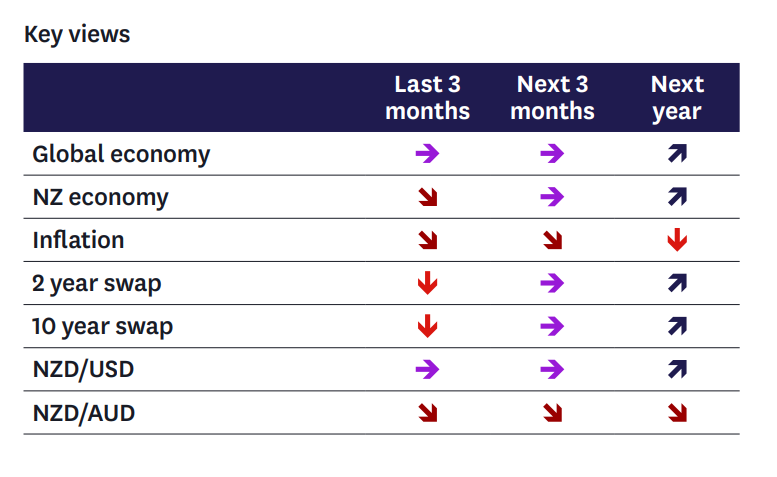Future rate cuts depend on data

Following the recent surprise rate cut by the Reserve Bank (RBNZ), there is growing openness among monetary policy committee members to accelerate future cuts if economic data suggests increasing downside risks to activity and inflation.
“On balance, we think last week’s data flow remained consistent with our central forecast that the official cash rate will end the year at 4.75%,” said Darren Gibbs (pictured above), senior economist at Westpac.

Weak housing market, rising inventory
The housing market saw a modest recovery in sales in July, with a 7% rise in transactions following the previous month's decline due to the Matariki holiday.
However, house prices continued to fall, dropping 0.5% in July, marking the third consecutive monthly decline.
“Especially large falls were seen in Auckland (-1.3%) and Wellington (-1.8%),” Gibbs said.
Housing inventory hit a nine-year high, though the inventory-to-sales ratio slightly decreased from June.
See LinkedIn post here.
Consumer spending declines but exceeds expectations
Consumer spending was subdued, with retail sales volumes down 1.2% in the June quarter, driven by reduced spending on motor vehicles and electronics.
However, supermarket spending provided a positive contribution, mitigating some of the downturn.
“This remains consistent with our view that GDP declined in the June quarter,” Gibbs said.
Dairy prices show promise amid volatility
Dairy prices offered a bright spot in the economic data, with the global dairy trade (GDT) auction showing a 5.5% rise, driven by a 7.2% increase in whole milk powder prices.
Fonterra revised its 2024/25 milk price forecast to $8.50/kg, up 50 cents from its previous estimate.
“If prices can sustain these levels, there are upside risks to our forecast of $8.40/kg,” Gibbs said, while cautioning against over-extrapolating from current trends due to price volatility.
Trade deficit wider than expected
July saw a merchandise trade deficit of nearly $1 billion, larger than anticipated. Imports rebounded strongly following a weak June, with consumption goods and machinery imports growing more than expected. However, motor vehicle imports remained weak, falling 26% year-on-year.
What’s next: Employment and business sentiment
This week, attention turns to the Monthly Employment Indicator for July and the ANZ Business Outlook survey for August.
Gibbs expects the employment report to show a further decline in job numbers, with a likely revision to June’s figures.
“The ANZ survey will almost certainly report a lift in headline sentiment and forward-looking activity indicators,” the Westpac economist said, adding that the survey’s insights into business activity and pricing intentions will be closely watched.
Read the Westpac report in full here.
Get the hottest and freshest mortgage news delivered right into your inbox. Subscribe now to our FREE daily newsletter.



